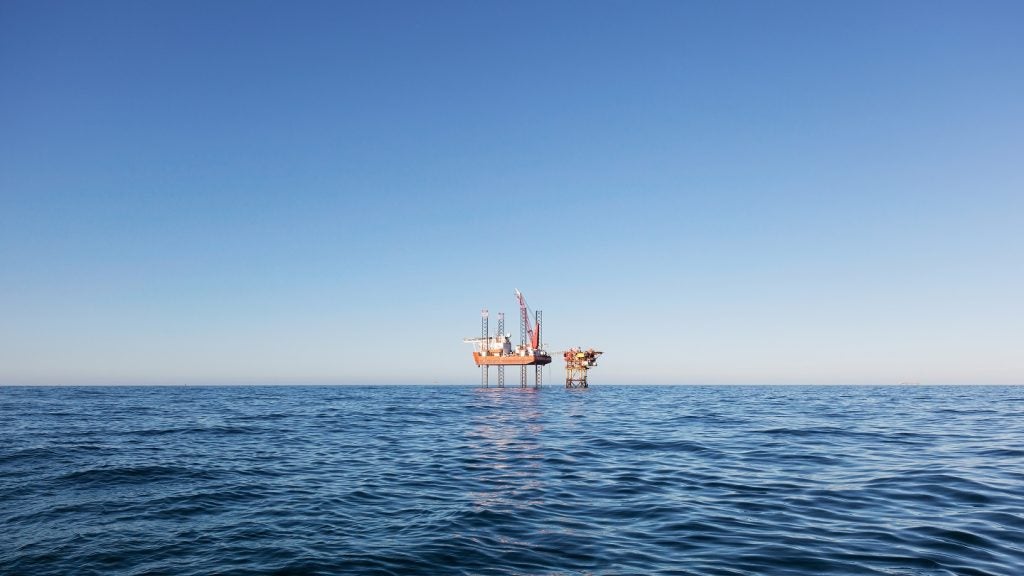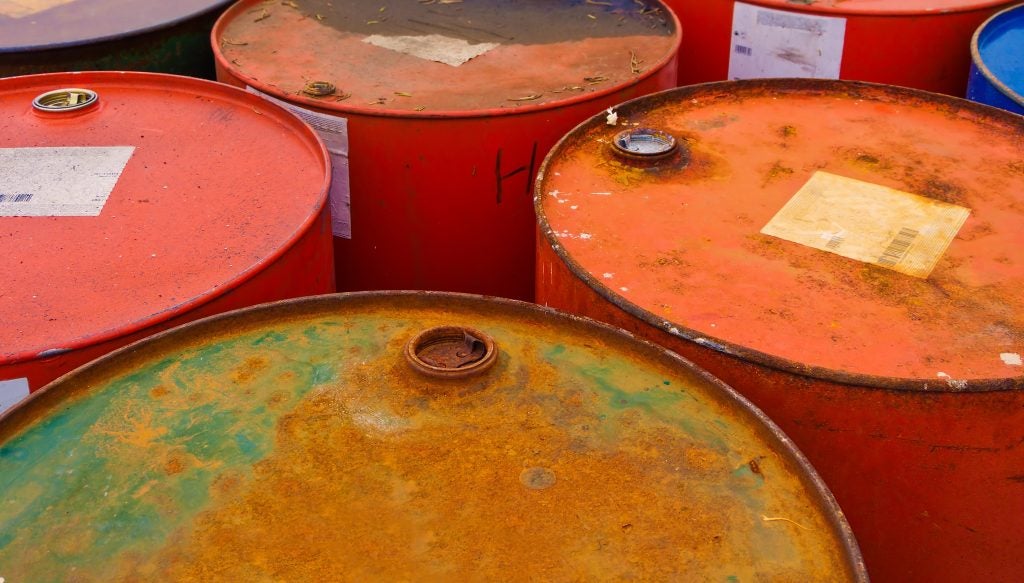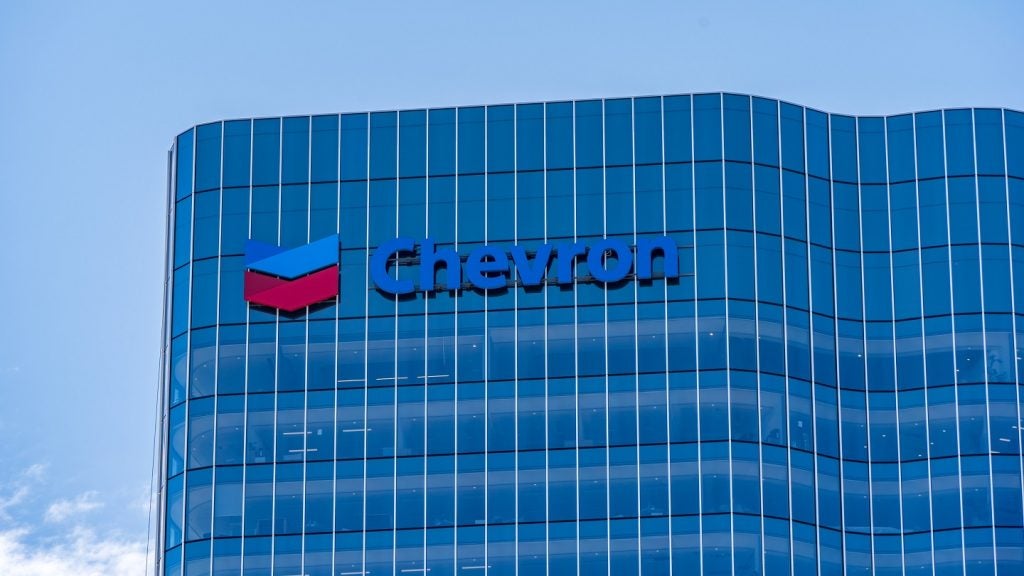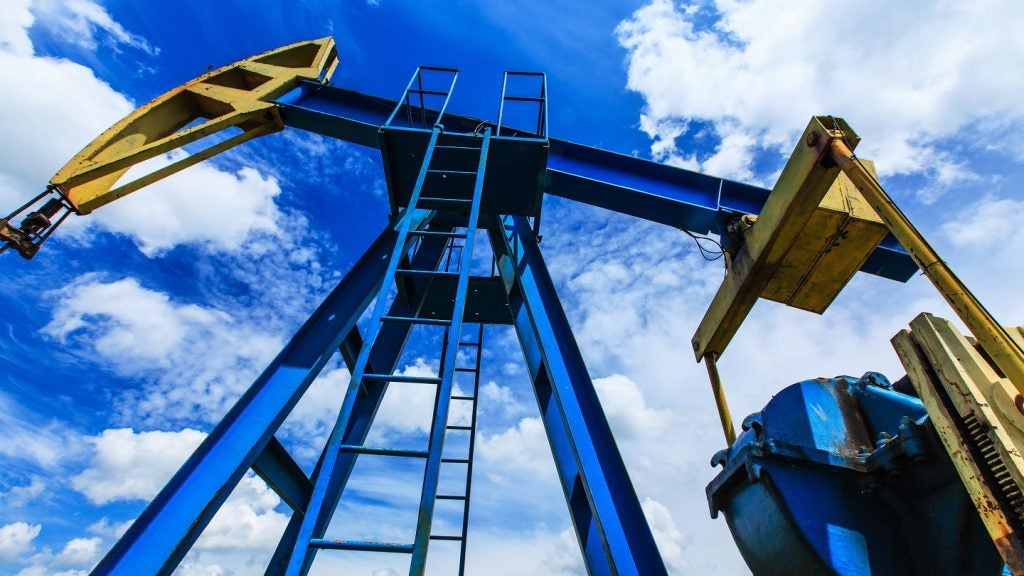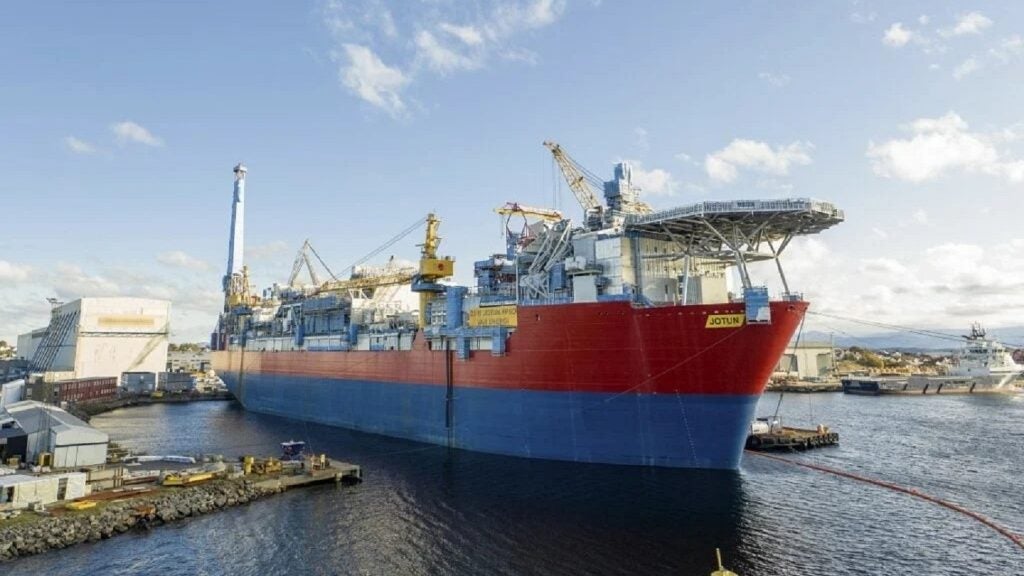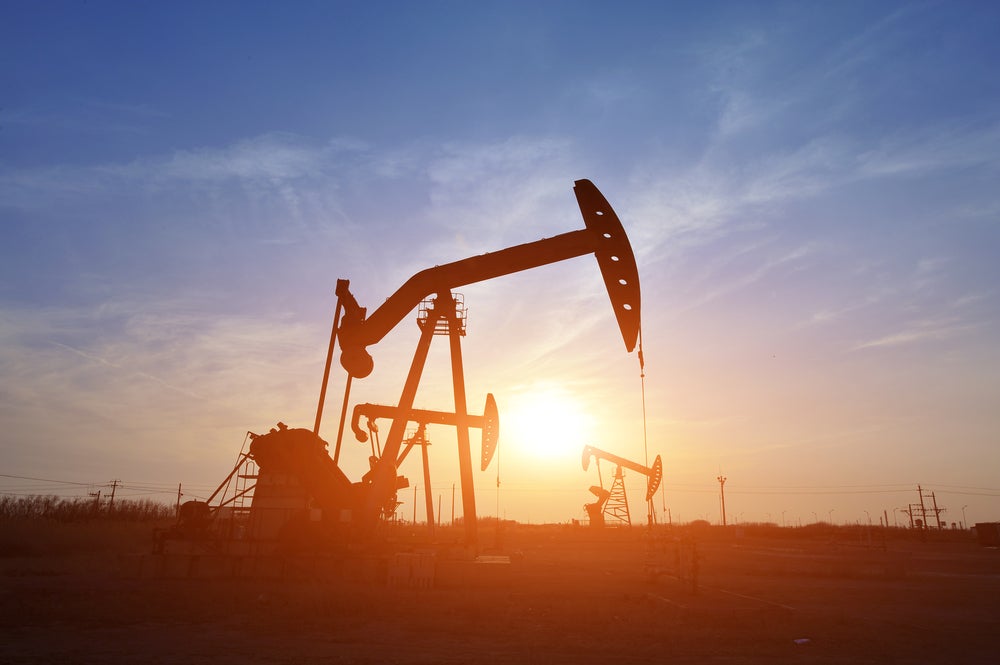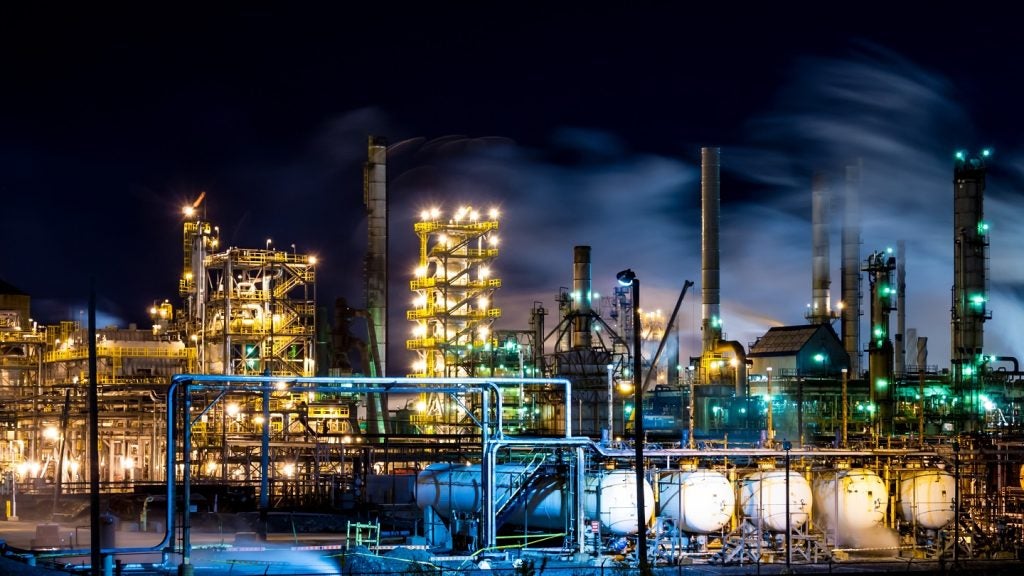The Norwegian Offshore Directorate (NOD) in a resource report stated that the country’s oil and gas companies need to increase their investments in exploration and production.
This initiative aims to counter the anticipated decline in the country's output over the coming years.
Currently, Norway produces approximately four million barrels of oil equivalent per day, but many of its major offshore fields are maturing, with no new developments planned for the 2030s, according to Reuters.
The NOD has projected that the country's oil and gas output will peak by 2025, aligning with previous forecasts.
NOD director of technology, analysis and coexistence Kjersti Dahle said: “This is why we will need to ramp up exploration and investment in fields, discoveries and infrastructure moving forward in order to slow the decline in production. A failure to invest will lead to rapid dismantling of the petroleum industry.”
The future of production hinges on the industry's ability to leverage new technologies around existing infrastructure and to explore less developed areas such as the Barents Sea in Norway's far North.
Oil and gas play a pivotal role in Norway's economy, contributing to more than 20% of its gross domestic product and 44% of its exports.
The sector's importance, particularly for gas, has been underscored by the increased reliance of Europe on Norwegian resources following the conflict in Ukraine.
However, uncertainties around the resource base, exploration activity, and technological advancements make it challenging to predict future production levels accurately.
To address this, the NOD has developed three scenarios for petroleum production on the Norwegian Continental Shelf up to 2050.
The base-case scenario suggests a decline from 243 million cubic metres of oil equivalent in 2025 to about 83 million cubic metres by 2050, assuming some near-term exploration activity.
In contrast, the low scenario indicates a rapid decline in production, potentially leading to a near cessation by 2050 and unexploited resource potential.
The high scenario presents a more optimistic outlook, with production levels maintained or increased until 2025, followed by a high plateau and a gradual decline, resulting in about 120 million cubic metres of oil equivalent by 2050.
The potential impact on the Norwegian state's net cash flow varies significantly, with a difference of about Nkr15tn ($1.4tn) between high and low production scenarios.
Earlier this year, Norway granted 62 exploration licences to 24 oil companies in its APA 23 round.


